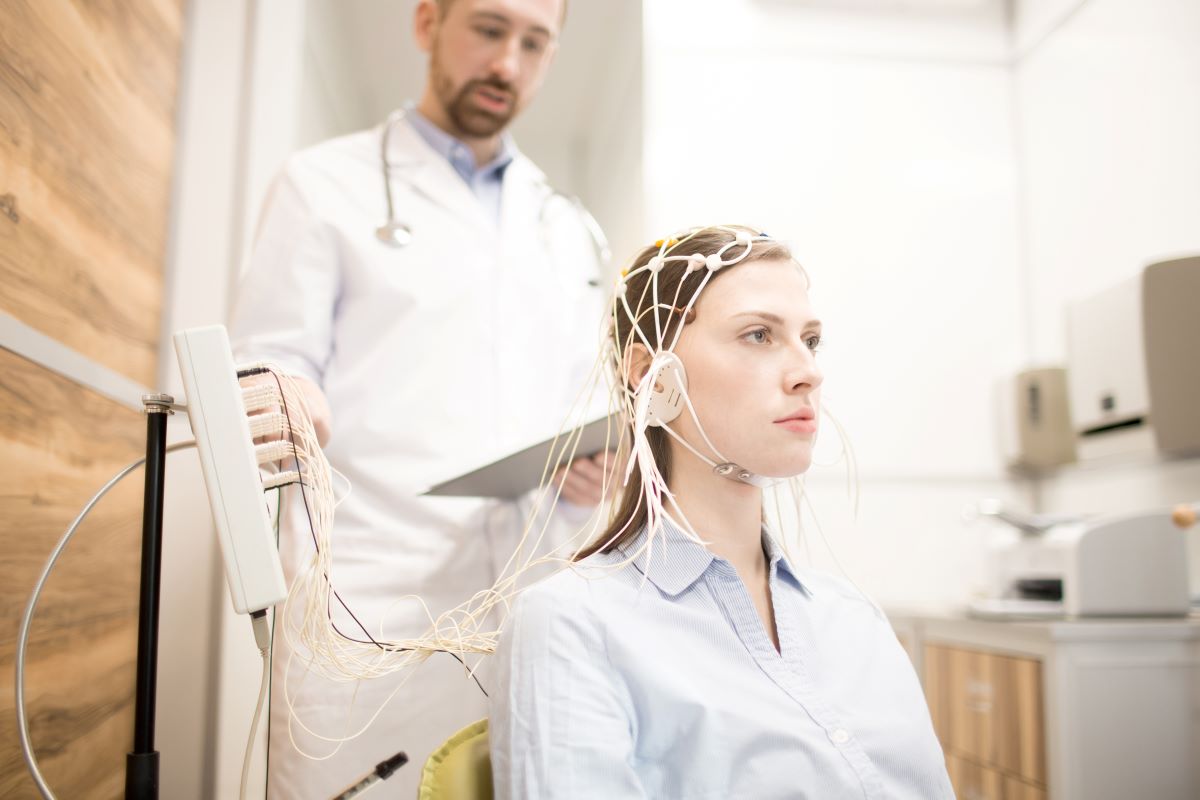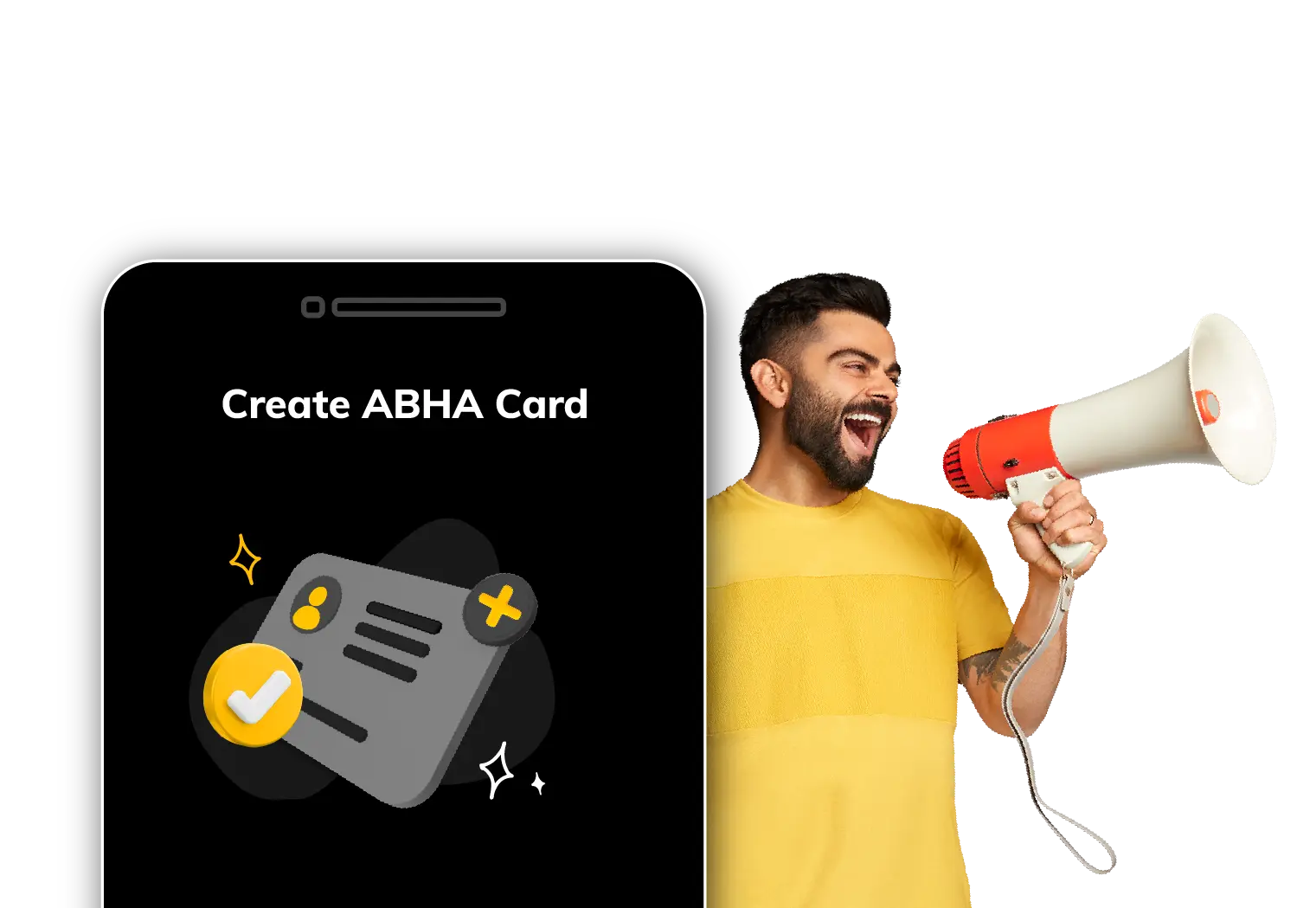What is an EEG Test: Procedure, Preparation, Uses and Risks

EEG, or an electroencephalogram, is a test that measures the brain’s electrical activity. The test uses small metal discs called electrodes attached to the scalp. This test can help diagnose any issues with brain cell communication by evaluating the electrical impulses.
If you want to know more about an EEG test, consider going through the following sections, which detail the meaning, procedure, uses and risks of the test.
What Is the Meaning of an EEG Test?
An electroencephalogram tracks the brave waves pattern. As mentioned above, the machine does this through the small metal discs called electrodes attached to the person's scalp. These electrodes help analyse the electrical impulses in the brain and send signals to the machine that records the data.
The impulses recorded through the test look like wavy lines with valleys and perks. The structure of these lines helps doctors determine whether there are any abnormalities with brain function.
What are the Different Types of EEG Tests?
To fully understand what is an EEG test, you must also know its types. Read on to know more:
- Routine EEG: This test takes around 23 minutes. Your lab technician may ask you to breathe differently or look at a flashing light while performing the test.
- Prolonged EEG: Usually, a prolonged EEG takes about 1 hour and 15 minutes. However, some prolonged EEG tests may also go on for several days. This test can be used to manage seizure disorders.
- Ambulatory EEG: This EEG test lasts for one to three days. They can take place at your home or a monitoring unit. You can do most of your daily activities while the machine is attached to your body.
- Video EEG: In this case, the technician makes a video recording of you during the test. This helps your doctor see what you do in case of seizures.
- Sleep EEG: The doctor may advise you to undergo a sleep EEG if the routine test does not provide much information. This test is generally conducted to diagnose sleep disorders.
How to Prepare for an EEG Test?
Before undergoing the procedure of EEG, consider following these steps:
- If you should stop any medications before the test, ask your doctor. Additionally, you must compile a list of all your medicines and provide it to the EEG technician.
- On the evening before the EEG, wash your hair. On the test day, avoid applying products like sprays or gels.
- For at least eight hours before the test, refrain from drinking or eating anything that contains caffeine.
Note that your doctor may ask you to sleep as little as possible the night before you take the test. You might also receive sedatives to help you relax before the test.
How is an EEG Test Performed?
The following points mention what happens during an EEG test:
- You will need to lie on a cosy bed.
- A technician will apply roughly 23 electrodes on your scalp using adhesive or paste.
- You will have to relax either with your eyes open or closed.
- You could alter your breathing pattern or glance at a bright light to see any changes in your brain activity during these activation techniques.
- The technician will capture any activity related to any seizures you may have in the record.
- The technician will record the activity for 23 minutes and aim to obtain a portion of sleep or drowsiness. If it is not a routine EEG, the technician will aim to obtain a longer sleep duration.
- If it is an ambulatory EEG, you can go home and continue your usual activities. In this case, you must carry a portable or wearable EEG for two or three days.
What are Some Common Uses of an EEG Test?
If you are wondering what is an EEG test used to diagnose, read the following points:
- Seizure disorders (such as epilepsy)
- Brain tumour
- Head injury
- Encephalitis (inflammation of the brain)
- Encephalopathy (disease that causes brain dysfunction)
- Stroke
- Dementia
- Sleep disorders
Further, another purpose of EEG is to detect any brain activity in coma patients.
What are the Risks of an EEG Test?
If you want to know what is an EEG test, you should be well aware of the risks the procedure may carry.
Usually, the EEG test is a painless procedure. However, if you have epilepsy, you might have a small risk of having a seizure during the test. Note that the technicians are equipped to handle your condition in this case.
What to Expect After an EEG Test?
The technician will remove the electrodes from your scalp once the test is over.
You can carry on with your usual activities. If you are under sedation, the drug will stay in your system for a short period of time. This indicates that you might require someone to take you back home. You must take it easy and refrain from driving until the medication wears off.














